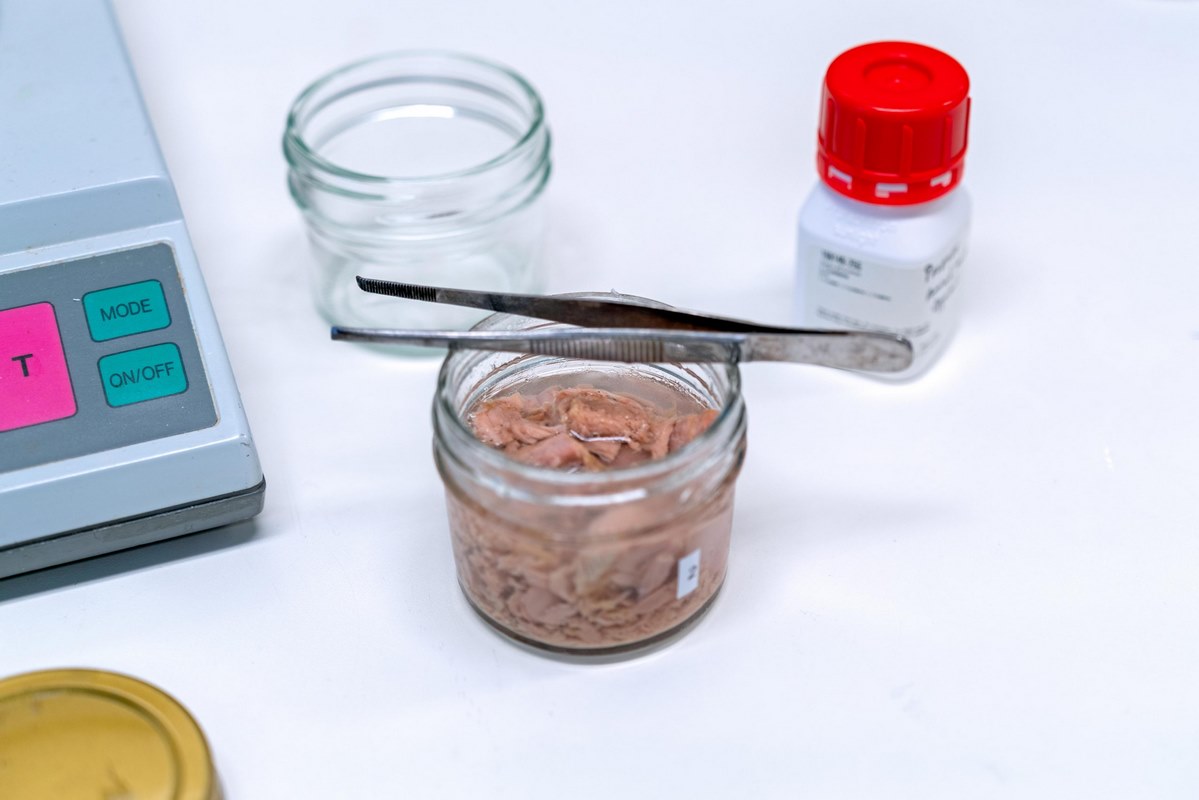Take two individuals of similar age and lifestyles, give one a sweetened drink and tell them to workout, and give the other a sweetened drink and tell them to do any old thing around the house. Which one is going to be at greater risk of health outcomes?
It’s a trick question, because according to one study, there’s no difference: the most cardioprotective activity in life (exercise) can’t defend the heart against the inflammation caused by the rapid rise in blood sugar from consuming a sugar-sweetened beverage.
It seems reasonable to say that few people today think their health is unaffected by drinking sugar-sweetened beverages like sodas; they either know and avoid them, or know and choose to drink them on a case-by-case basis. Perhaps fewer people know that this concept is the same for fruit juice, sports drinks, or sweetened teas and coffees.
Many of those who know these beverages aren’t an ideal component of a healthy diet choose artificially-sweetened beverages, believing that by avoiding the sugar molecules, they avoid the worst effects of the drink. Plenty of research has shown this really isn’t the case, and that what matters isn’t the sugar as much as the delivery mechanism.
Liquified calories simply get absorbed through the GI tract too fast for any reasonable glycemic response to take place in time to prevent a rise in inflammation, as monosaccharide molecules are attacked as invaders in the bloodstream.
But the extent of the disruption that liquified saccharides cause in the bloodstream is even greater than you think. In a study published in The American Journal of Clinical Nutrition, scientists from Harvard Medical School hypothesized simply that sugar-sweetened beverages would raise the risk of cardiovascular disease (CVD), artificially-sweetened beverages would raise the risk of CVD less than sugar-sweetened ones, and that exercise would reduce the risk for both.
No escape from bad choices
Their hypothesis was wrong. In the study, the researchers followed 65,730 females in the Nurses’ Health Study (1980–2016) and 39,418 males in the Health Professional’s Follow-up Study (1986–2016) who were free from chronic diseases, and looked at their consumption of sweetened beverages every four years, exercise rates every 2 years, and measured them against instances of CVD.
After 30 years, the results showed that the hazard ratio of individuals who consumed two or more of these drinks per day and who experienced CVD or coronary artery disease, a kind of CVD recorded in the study, was 1.21 for the sugar-sweetened beverage group and 1.03 for the artificially-sweetened beverage group; in other words, a statistically insignificant difference.
The real standout data point was found when the authors added individuals’ exercise frequencies into the equations.
The hazard ratio for CVD per 1 serving increment of sugar-sweetened beverages per day was 1.18 for participants meeting and not meeting physical activity guidelines. Artificially-sweetened beverages were not significantly associated statistically with CVD in people who met physical activity guidelines.
In layman’s terms, drinking a Gatorade, a Starbucks frappe, an Arizona Ice Tea, a Jack and Coke, or any such beverages widely consumed in America at a rate of one or two per day gives you a 1.21% chance of developing CVD every year you do so, even if you meet the standards for exercise.
It’s not the first study to show that exercise can’t protect the body against certain hallmarks of the modern American lifestyle.
A 2019 study in the Journal of Applied Biology found that sitting long enough canceled out the benefits of exercise.
The trial found that after 3 days of sitting 13 hours a day and taking less than 4,000 steps, a fourth day exactly the same, or with a 60-minute run at 60% maximum heart rate, created no noticeable difference, and that the exercising did nothing to improve metabolic health conditions.
Another study looked at the dangers of sitting and watching television and found that 3 hours sitting in front of a TV increased risk of death from all causes, regardless of time spent exercising, and number of days per week in which exercise is undertaken.
The cohorts were divided into quarters, and compared with the most active quarter in which the participants performed 35.5 Metabolic Equivalent of Task-hours per week, which is the equivalent of burning 21,000 calories while running 5 miles an hour for a 160-pound person. All other groups apart from this hyperfit one saw increased risks of death during the follow-up on the study, with the lowest quarter at a 59% increased risk of death, when watching television for 3 hours. WaL
PICTURED ABOVE: A volunteer hands out Gatorade on Beacon Street at the 2005 Boston Marathon, near mile 25. PC: Pingswept. CC 2.0.


